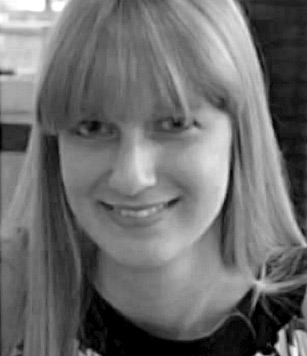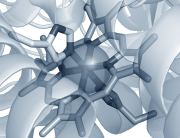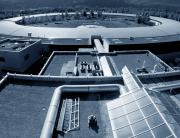General Description
Beamline ID9B provides intense x-ray pulses for time resolved experiments. The time resolution is most commonly obtained via pump-probe with short-pulse lasers triggering the sample. A new picosecond laser facility with an optical spectrometer should greatly facilitate future experiments. The beamline has high priority in the ESRF Upgrade Program (UPBL9b) and will double its user capacity from 2015. Four scientists, one technician and two shared engineers currently staff the beamline.
Prof Michael Wulff will coordinate the time resolved SR experiments in the consortium. The goal is to combine information from optical/optical and optical/x-ray experiments to get better data with higher resolution in space and in time. Real-time data processing during the experiment will help the user to optimise the experimental parameters.
ID9B provides laser and x-ray pulses for pump-probe experiments to 100-picosecond resolution. A chopper is used to isolate single pulses from suitable timing modes of the synchrotron. The x-ray optics provides three options: pink beam (3% bw), multilayer beam (1% bw) and crystal beam (0.01%). Reaction initiation is done with a picosecond or a nanosecond laser. The beamline has a high-speed Frelon camera and a 300 k Pilatus Detector. Finally an x-ray emission spectrometer is being commissioned which will allow taking electronic and structural data in parallel.
PhD supervisor: Prof. Michael Wulff
Objectives:
SO = Scientific Objectives;
TO = Training Objectives.
SO1: Demonstrate time resolved Laue crystallography with sub nanosecond resolution.
SO2: Demonstrate wide-angle scattering with sub nanosecond resolution.
TO1: Training in reaction initiation using short-pulse lasers
TO2: Training in the processing of Laue and WAXS data.
Develop reaction initiation methods using wavelength tuneable short-pulse lasers. Develop sample environments allowing to optically monitoring spectral changes in the changes in the sample in parallel with the X-ray data acquisition. The ESR will also be involved in software developments for real-time data reduction to optimise the efficiency of the experiment. The ESR will be trained in laser and x-ray optics, detector technology and diffraction and scattering theory.
Involvement with other tasks: The ESR will be trained in beamline operation tasks to an extent adequate to perform experiments and will support the partners during common beamtimes at ID09.
Local Training: This ESR will be enrolled as a PhD student at the University of Grenoble (Wulff as academic supervisor) and participate in relevant local courses as well as generic courses like HERCULES run at the ESRF.

ESR
Victoria Kabanova
MSc:
National Research Nuclear University “Moscow Engineering Physics Institute” (Moscow, Russia) XAFS spectroscopy group
Ln2Hf2O7(Ln=La, Tb) structure investigation:
• XAFS spectroscopy
• Pair distribution function analysis of XRD data
Training and courses:
2014 EXAFS course, MAX-lab
2014 Summer Student at Helmholtz ZentrumDresden-Rossendorf
2013 Summer Student at DESY
PhD project(since December 2015):
ESRF, Complex Systems and Biomedical Sciences group
Protein dynamics probed by diffraction and spectroscopy










